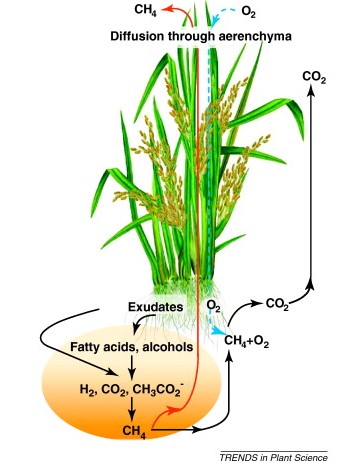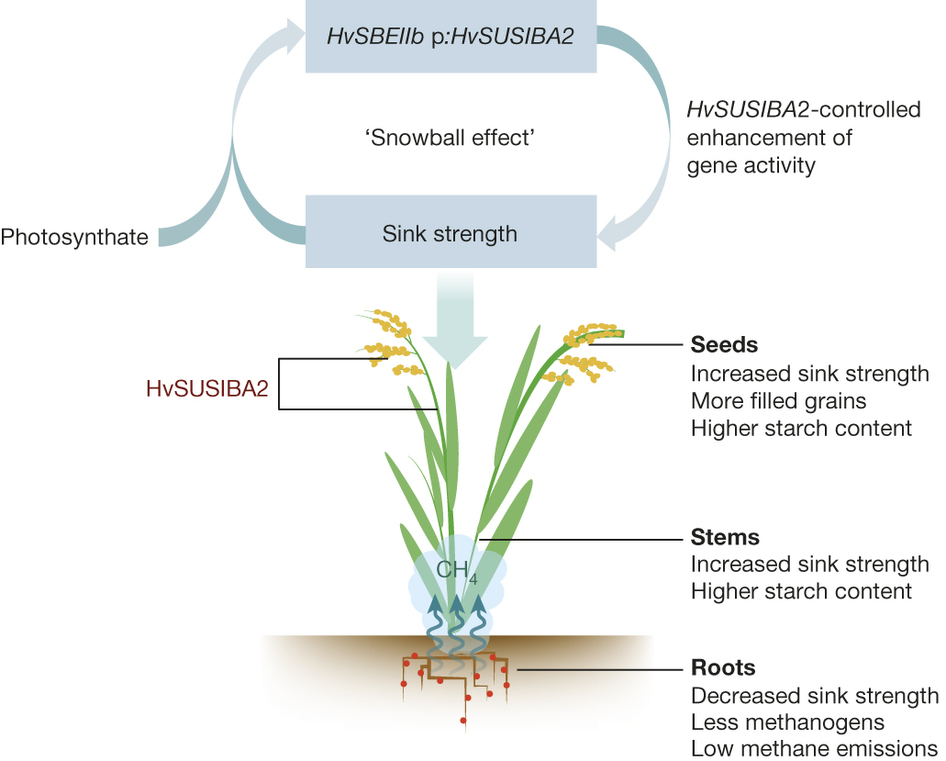New GMO rice variety has an increased starch content coupled with low greenhouse gas emissions. By making these GM rices more eco-friendly as well as improving their nutritional value, this research could potentially sway the public and political stigma against this life-altering technology, in the mission to save millions.
As we all know, grains such as Golden Rice has had a colorful history, with its potential philanthropic application (essentially ‘fixing’ nutrition deficiencies from famine) being barraged by political restrictions. This has been incredibly frustrating for pro-GMO and Aid relief organisations, and it has become a case of global-research focus to improve the public opinion of GMOs and to get them out in the field to the people who could really benefit from their growth.

Rice is a cereal grain from the grass species Oryza sativa (Asian rice) or Oryza glaberrima (African rice), and is the third major worldwide production after sugarcane and corn. Furthermore, it is well known that rice cultivation dependent on flooding of fields (or ‘paddies’) which causes methane release into the atmosphere by an anaerobic fermentation process from methanogenic microbes. Rice cultivation on wetland rice fields is therefore responsible for as much as 11% of anthropogenic methane emissions; a massive contribution to the greenhouse effect.
The work of Su, Hu, & Yan et al. (published in Nature) shows that the addition of a single transcription factor gene (SUSIBA2 ) can shift the allocation of photosynthates (generally sugars) from roots to above ground biomass. This creates a higher starch content and overall plant biomass.
The lower level of sugar in the below ground biomass also reduces the root exudation by suppressing methanogenesis. The experiment has been tested for three years in the field, giving positive results with the cultivation of SUSIBA2 rice that is associated with low methane emission and a decrease in rizospheric methanogen levels.

More studies are required to establish the impact of increased sugar availability in the rhizosphere, but the results of this study are already very encouraging.
This could be a major milestone in the campaign to bring Golden rice (and other related GM rice strains) to the political dinner table.





